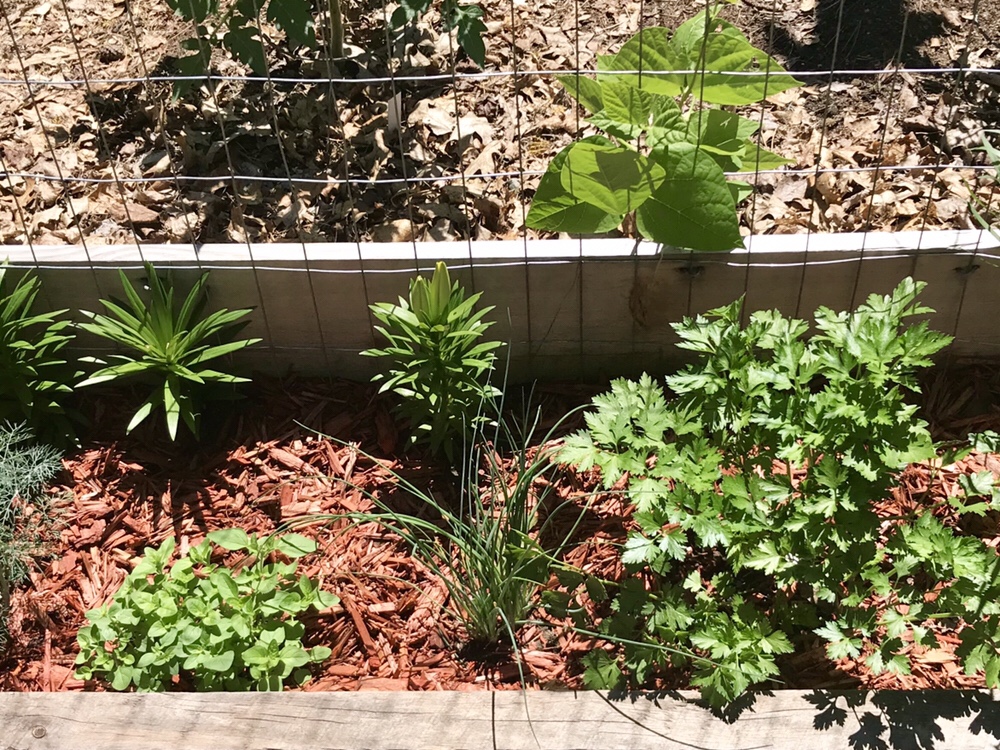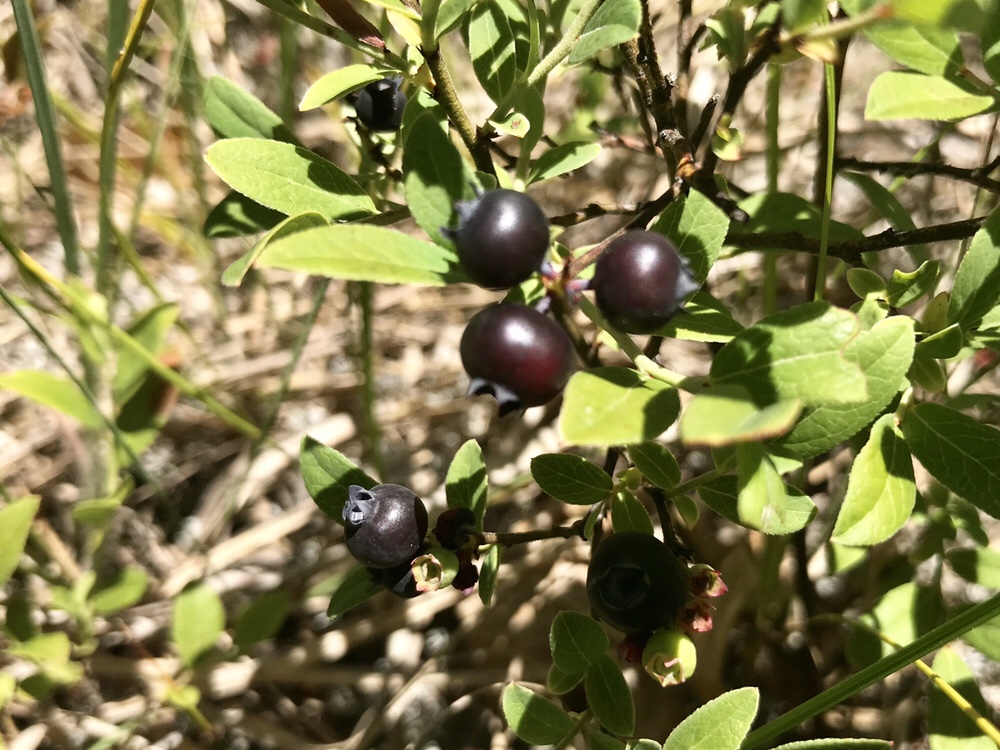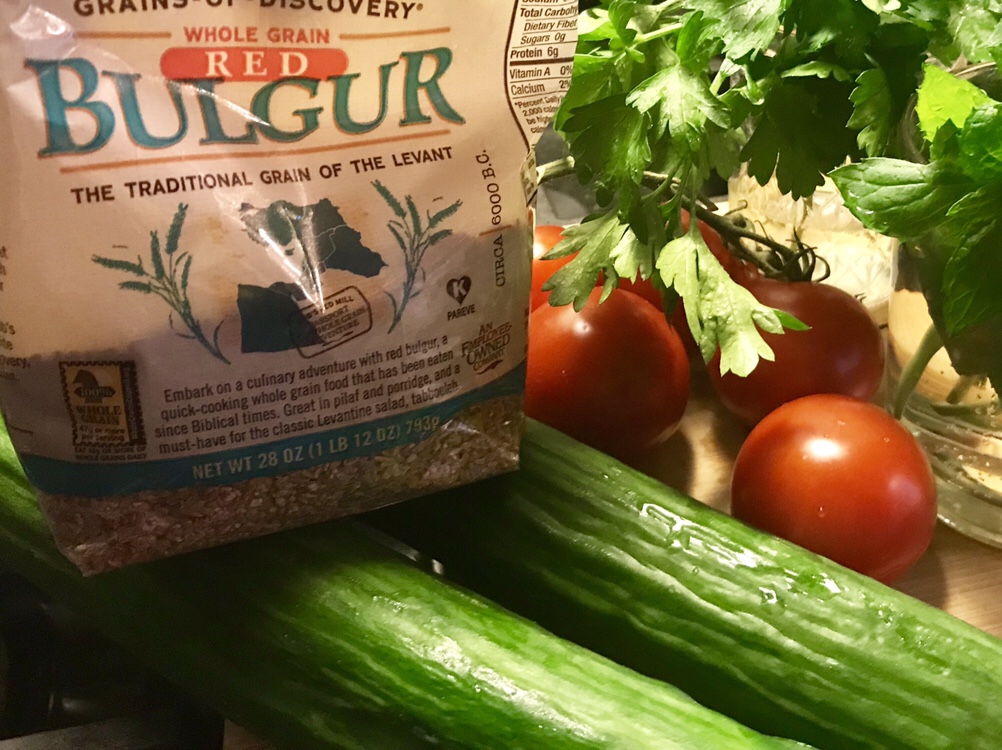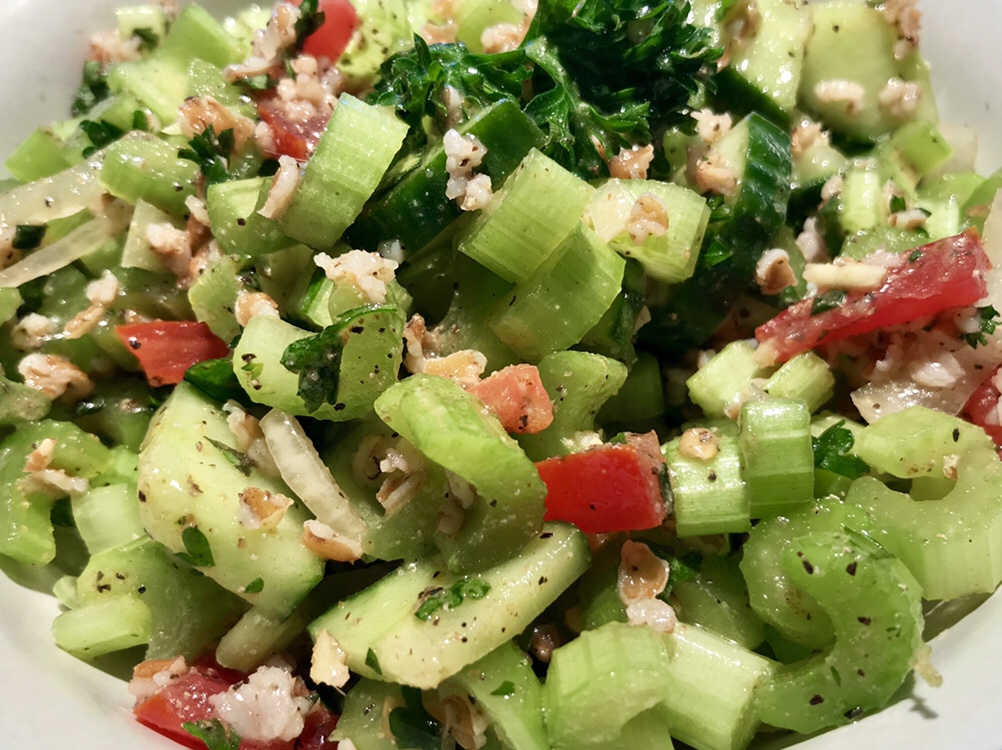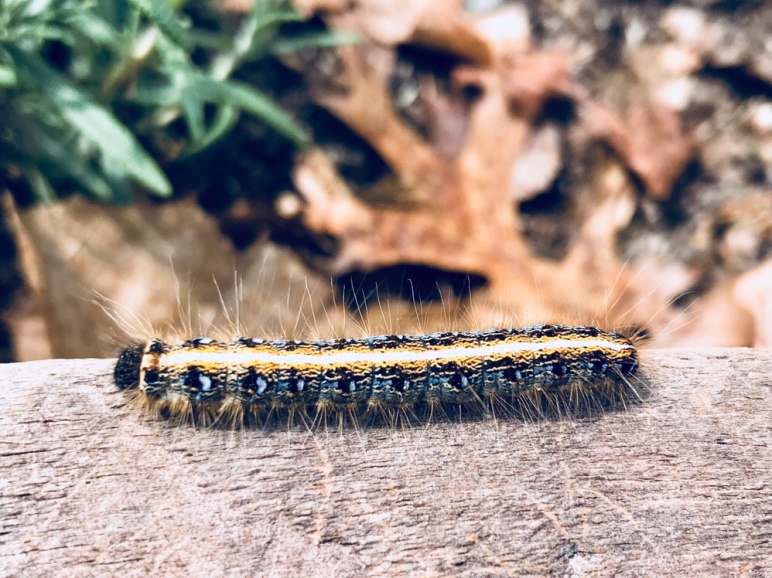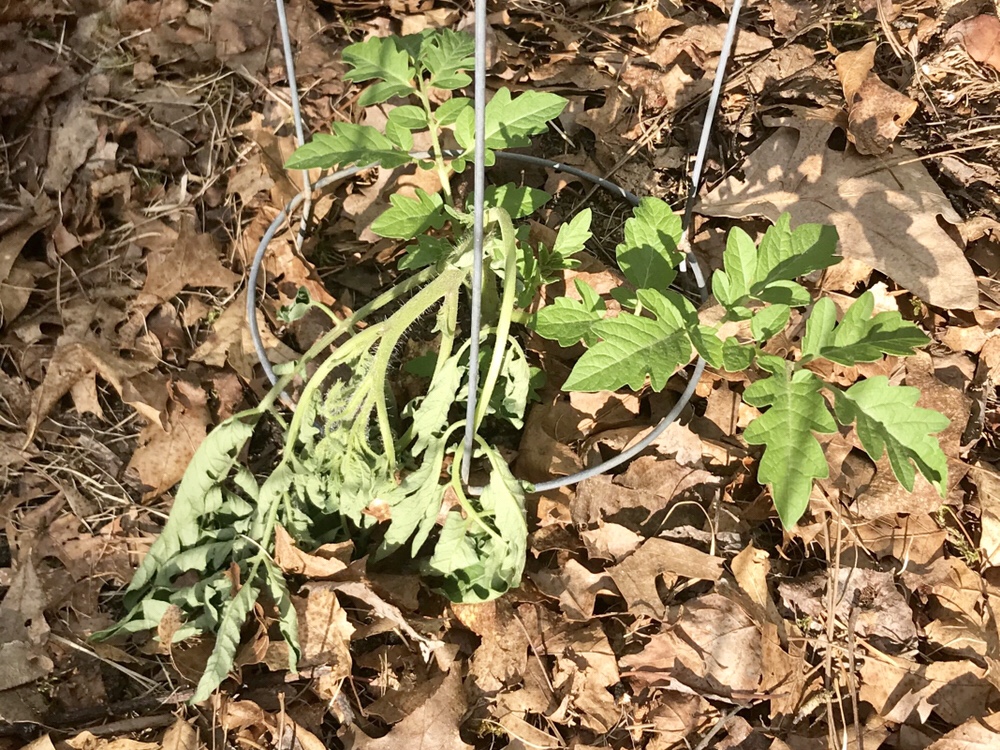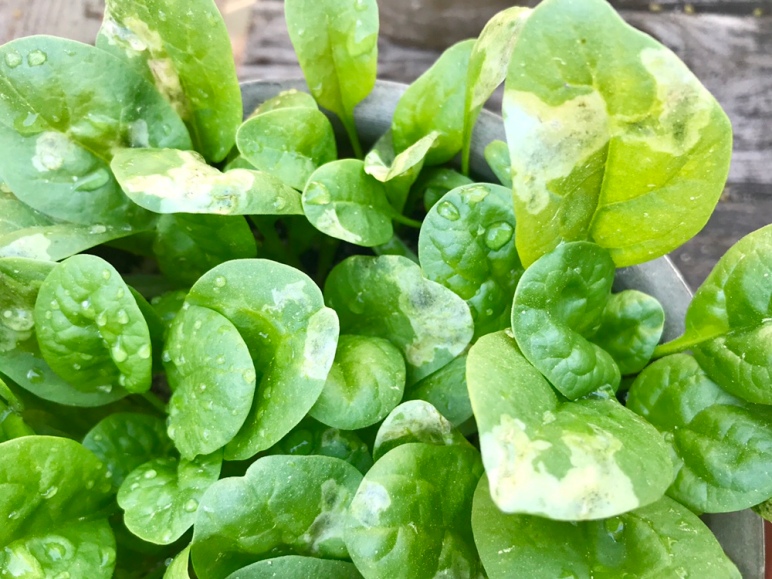Greetings from the Northwoods, and happy June! Spring arrives a little later here, but after a mix of some cool, damp weather, and some warm, sunny weather, things have really popped in the last couple of weeks.
After talking about it for over a year, my husband and I have finally doubled the size of our vegetable garden – actually more than doubled! It required some extra work, but there are three main things that we decided to do differently from how we built the original raised beds 2 years ago.

- Width of beds. The initial design was horseshoe shaped, 4 feet wide, and fenced in at the outer edge. This made it impossible to reach all of the planting area without walking on the beds. I have since learned that it’s better not to step on the soil because compaction is not desired. The new beds are somewhat of a reflection of the old beds, but altered to be a 2 foot wide horseshoe with a separate 4×10 bed set within the interior void. This way I am able to reach into the new beds from the aisles.
- Height of fence. When we first built our garden, I was a little paranoid of wildlife invaders. We do live in the woods and there are a lot of critters roaming around. For that reason, we chose to bury the fence so that nobody would be able to dig their way in. This resulted in a 5 foot tall fence. Since I also attached bird netting over the top, we would always be ducking down or getting our hats, hair clips, and sunglasses caught in the netting. In reality, the greatest value of the fence is keeping our own dogs out of the garden. They keep a significant portion of wildlife out of our backyard. For example, I’ve never seen a deer on our property in the 2.5 years that I’ve lived here, and this is very much white-tailed deer country. I have seen turkeys parade by our house, but only when the dogs are all inside. Plus, I’m sure there are voles that could enter underground anyway. So this time around, we decided not to bury any fence, and let it stand at just over 6 feet tall. I happen to like being able to use the fence as a trellis, and we just like how it looks this way – so we redid the fence all around the old and new beds to be a foot higher.
- Weed cloth. It would have been preferred to deal with the existing grass and weeds before installing the beds, because tilling and solarizing would have been much more effective measures for weed control. But I’m still learning, and I’ve already gone and put down weed cloth for the aisles between/borders around the beds, and then shredded cedar mulch on top of that. I think our quackgrass is still going to pop through, but hopefully it will be less than what I had coming through the thick layer of woodchips that I used last year.
We also added a few more beds (made from kits) outside of the fenced-in area. In these I am trying to establish some perennial patches – including asparagus and rhubarb.
The garlic that I planted in October is looking great. Alaskan peas seem to be happy. I also have lettuce, onions, celery, tomatoes, tomatillos, peppers, and one lonesome artichoke, kale, and swiss chard already planted. The tomatoes and peppers have needed protection from some chilly nighttime conditions, but I think we’re now in the clear.

View of the raised beds, as built, facing south
Not sure if I already mentioned it here, but late last summer we also doubled the size of our property! We went from 2.5 acres to 5 acres. The additional land was a vacant lot directly south of ours – basically as far as the eye can see from the vantage point in the above picture! It’s totally wild, flush with scraggly jack pines and pin oaks (and good number of standing dead oaks that will be harvested as firewood). The forest floor is carpeted with wintergreen and an abundance of blueberry bushes. There are plenty of other species that I have yet to identify, like mosses, ferns, other pine trees, and choke cherries.
I was conjuring visions for a magical woodland garden in this new space, right until it appeared all on its own in the form of a giant patch of Pink lady’s slippers. I staked out the area so we can avoid disturbing these native Spring ephemerals, because we intend on doing some forest management this summer. I am still developing ideas of exactly what I want to cultivate on our new property, but I am anxious to try my hand at “farming the woods.”


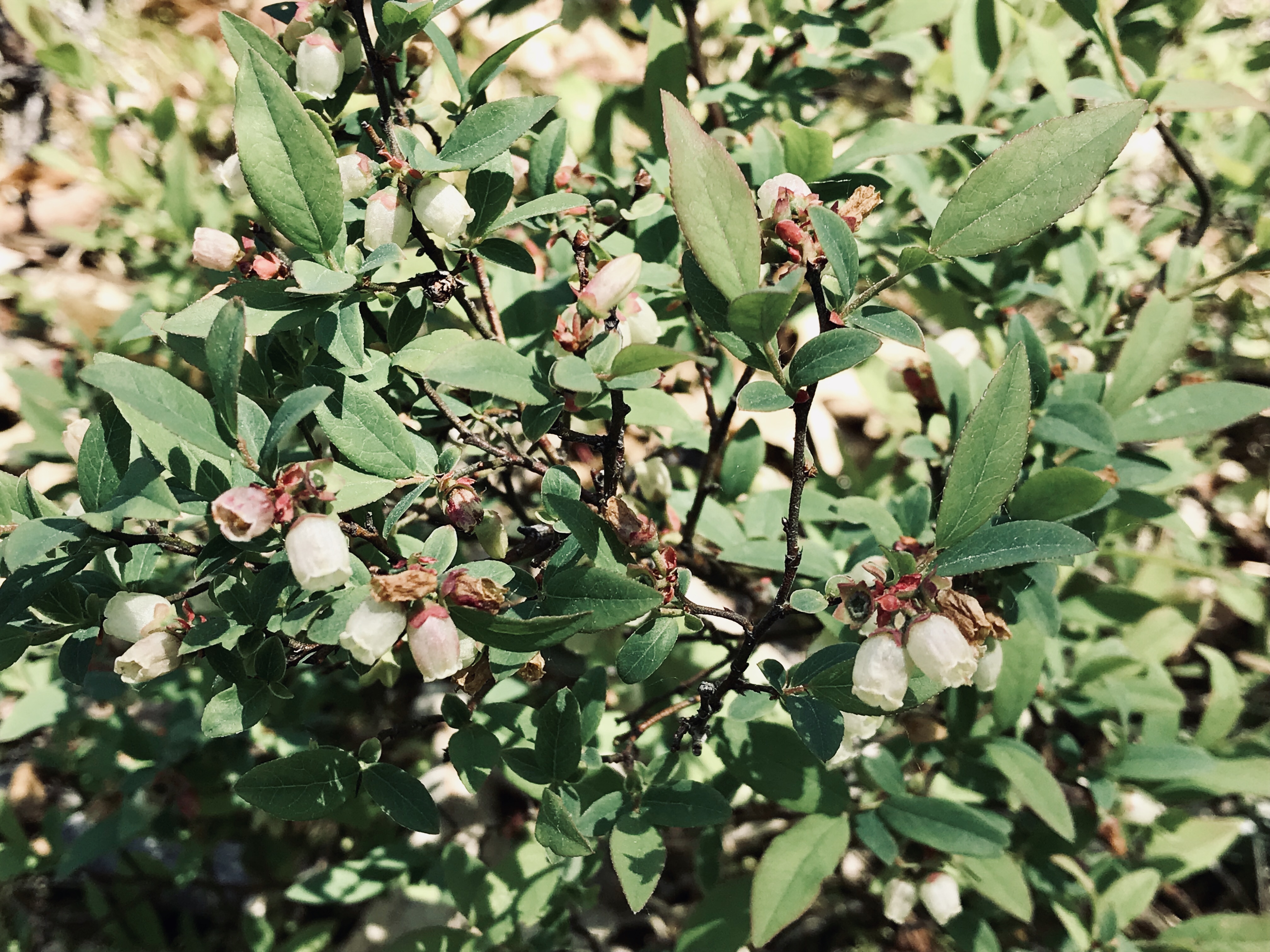
Last but not least, I also got two more grow lights for my indoor setup. Since March, I’ve been busy getting things prepped for this year’s larger vegetable garden. Hopefully this is the week that I will be able to get everything out of the basement, hardened off and transplanted, or directly sown into the ground.

5 Full Spectrum Daylight LED fixtures and 1 Wide Spectrum Fluorescent fixture
The most tender plants that I’m concerned about are the beautiful ginger rhizomes that I have started. They really like being on the heat mat, so for them I’m looking for nighttime temps of 55 F or above. This is also the crop that I’m most excited about, although I’m trying not to get my hopes up too high because I do realize that this is pushing the limit for what can be grown in Zone 4b.
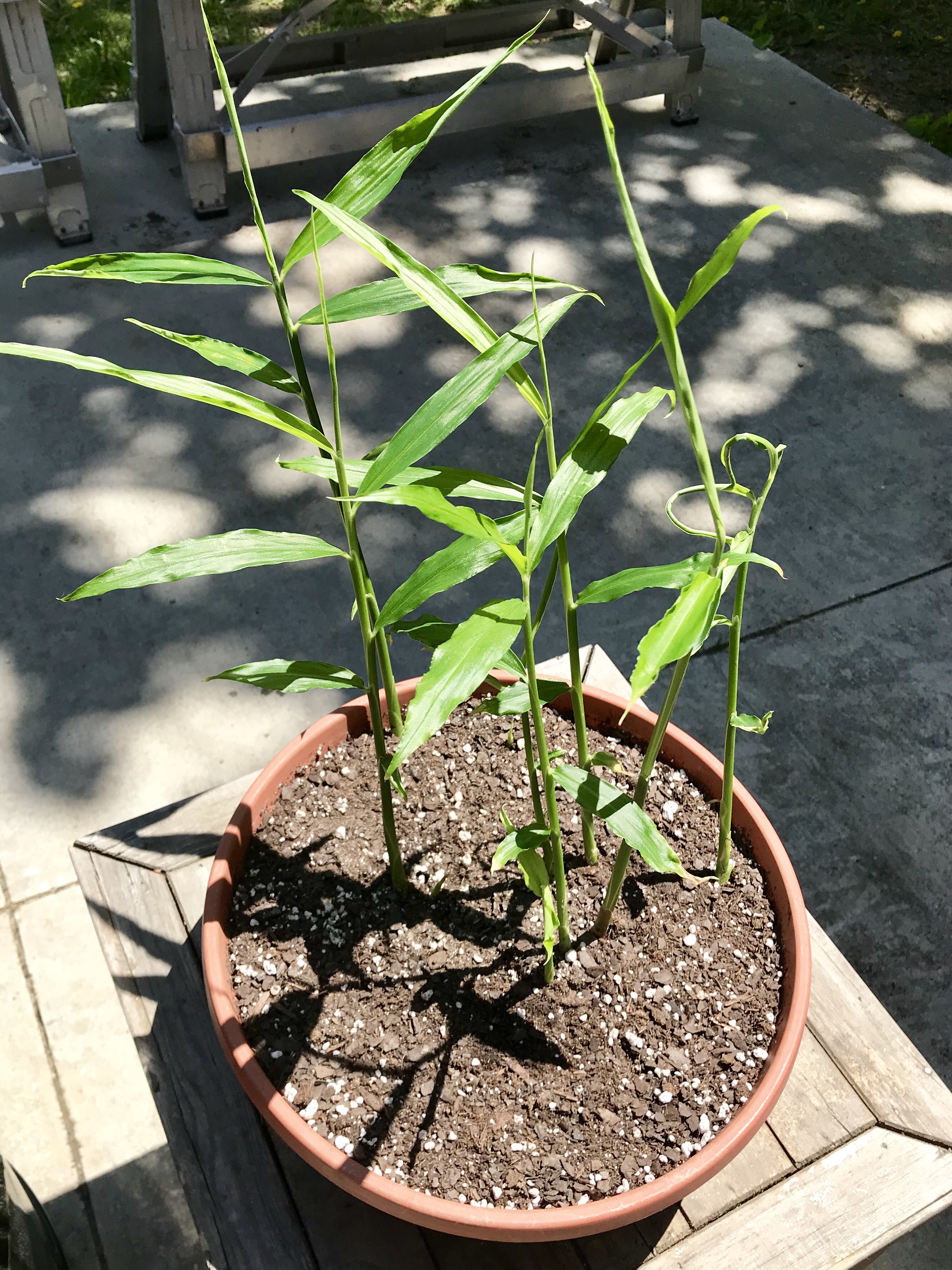
Ginger rhizome starts, hardening off
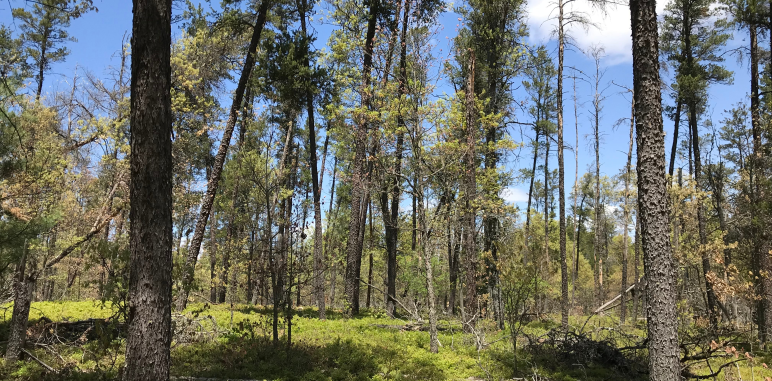

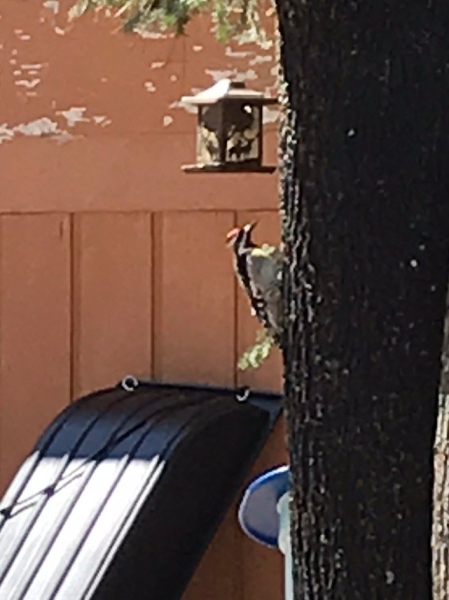






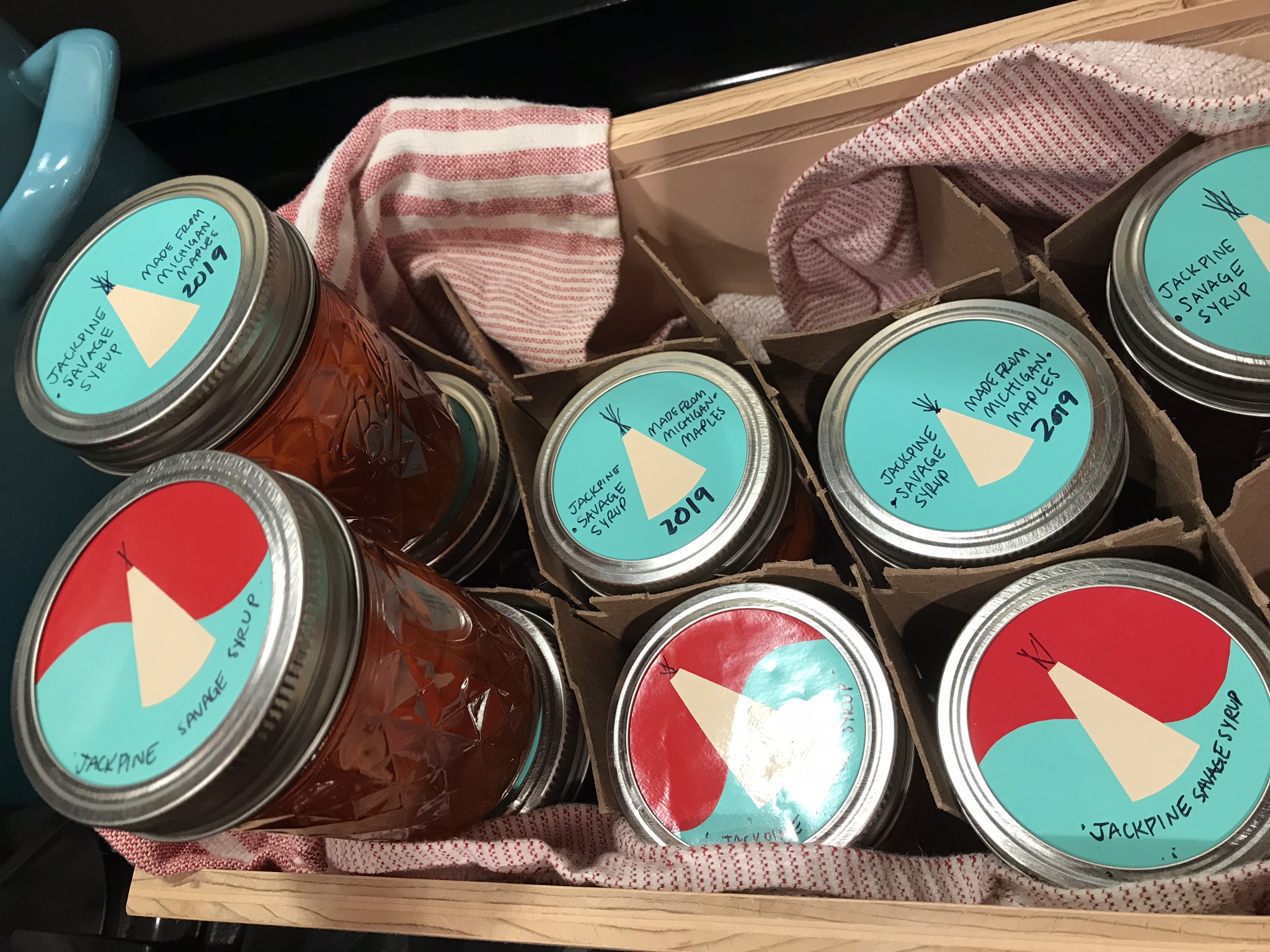



























































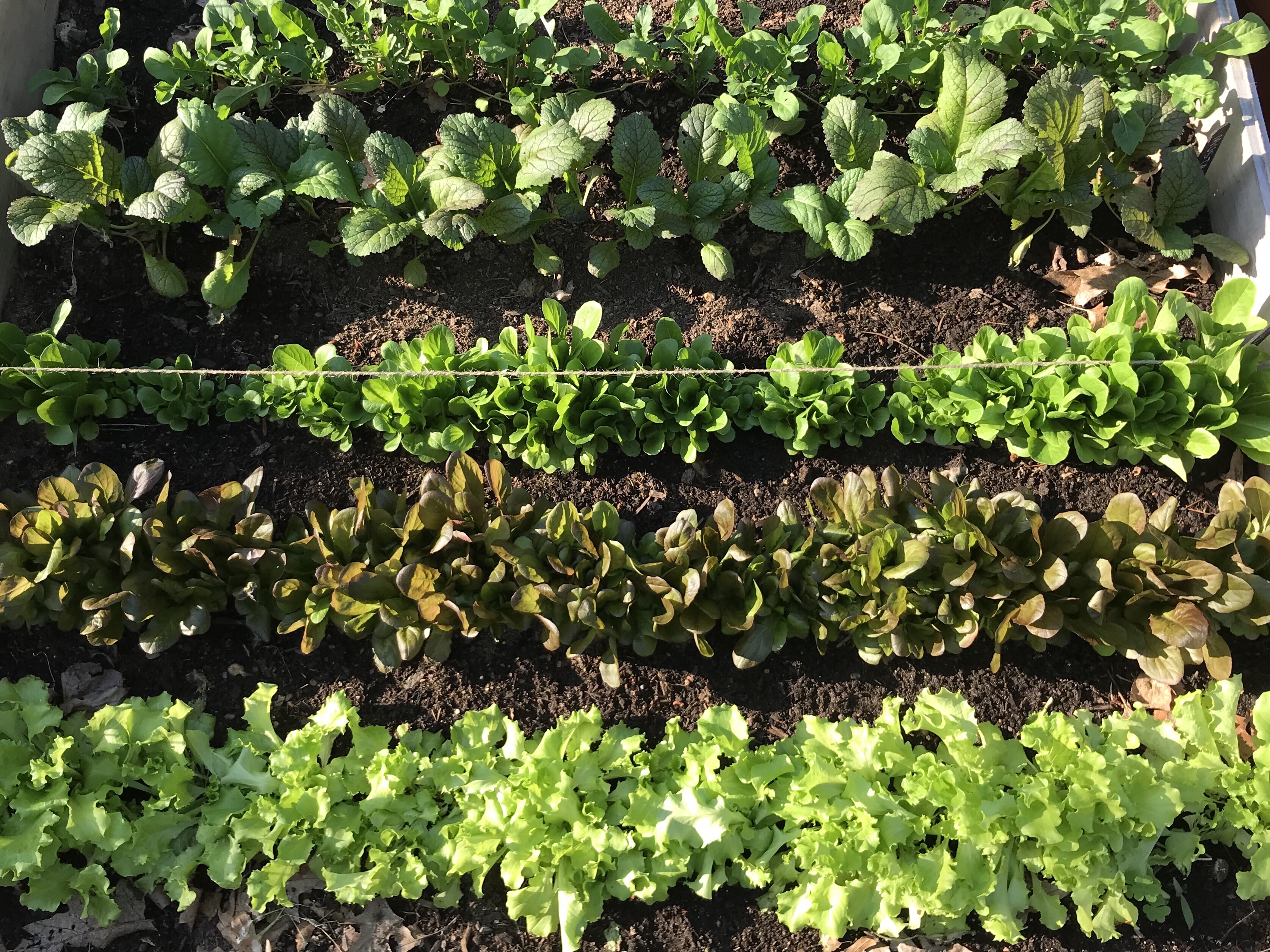 Yesterday I thinned out my lettuce rows, so I had a pile of baby lettuce washed and ready. My Grand Rapids Lettuce seeds also came from the grocery store, and
Yesterday I thinned out my lettuce rows, so I had a pile of baby lettuce washed and ready. My Grand Rapids Lettuce seeds also came from the grocery store, and 